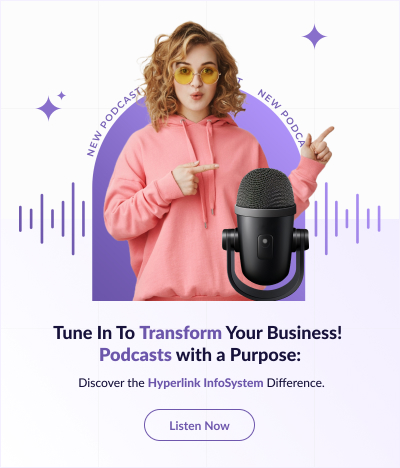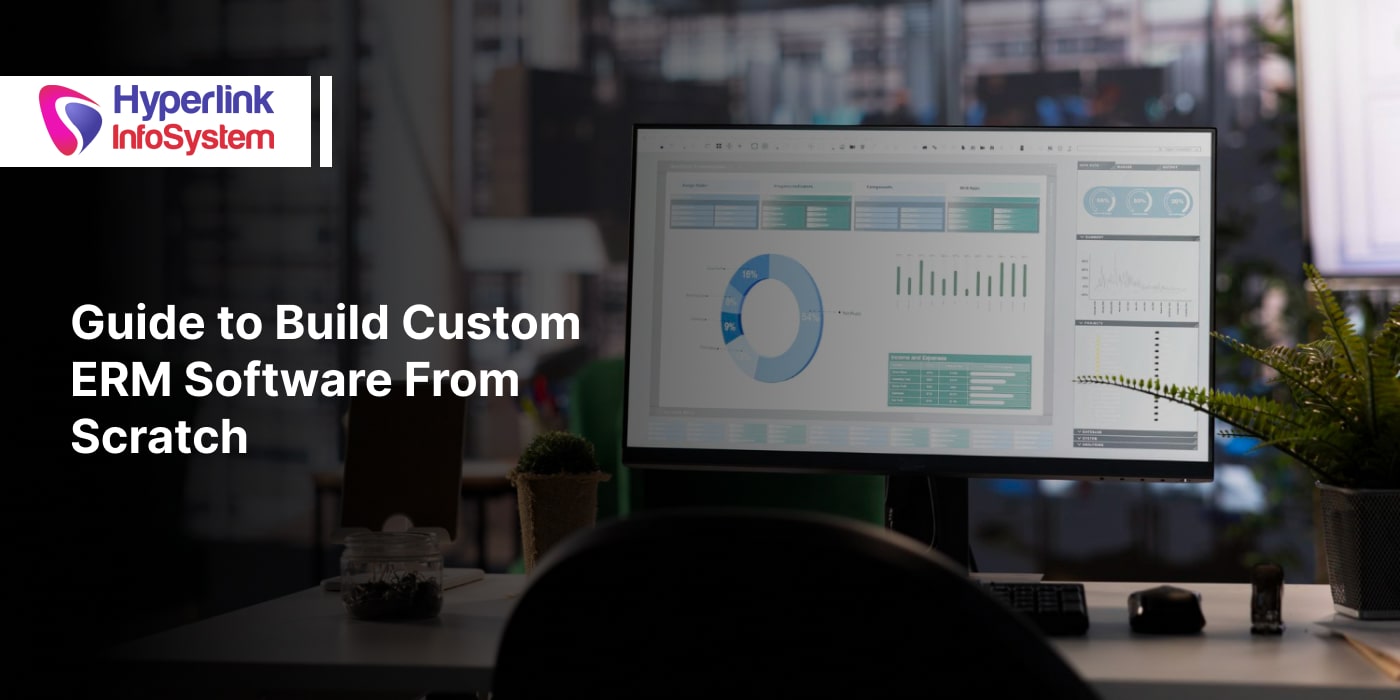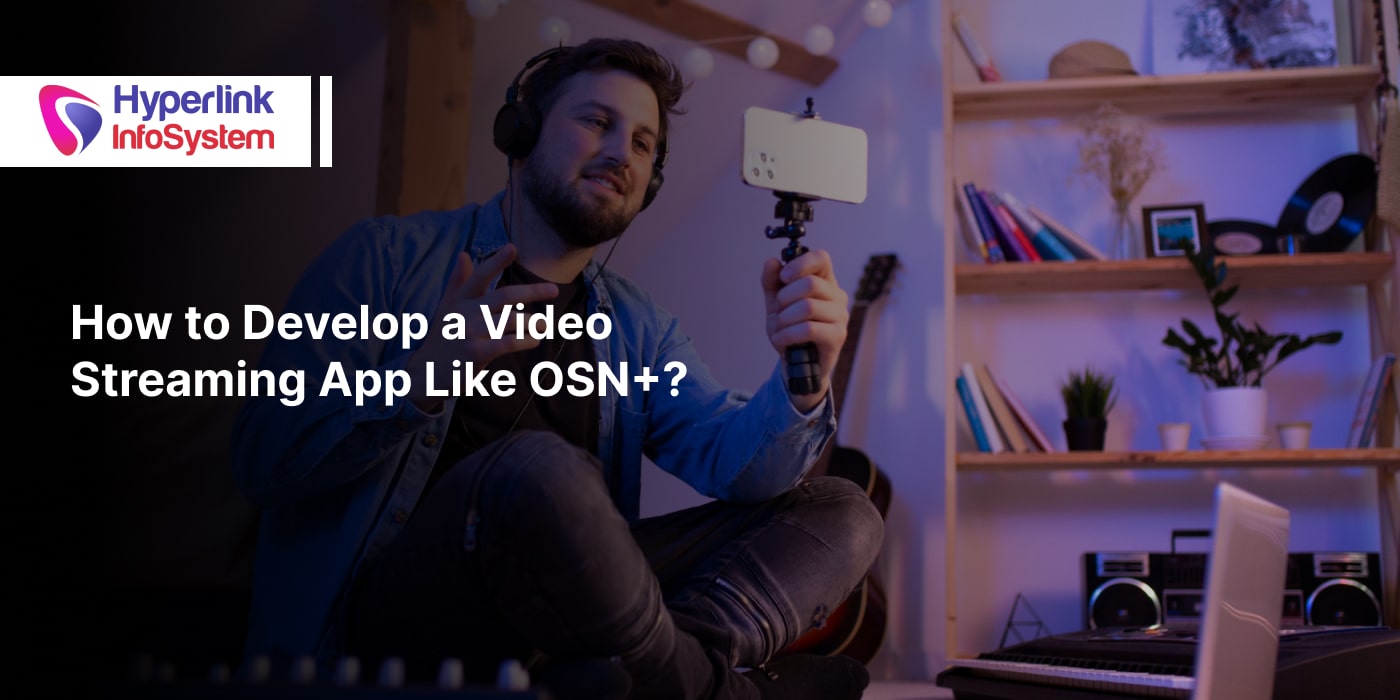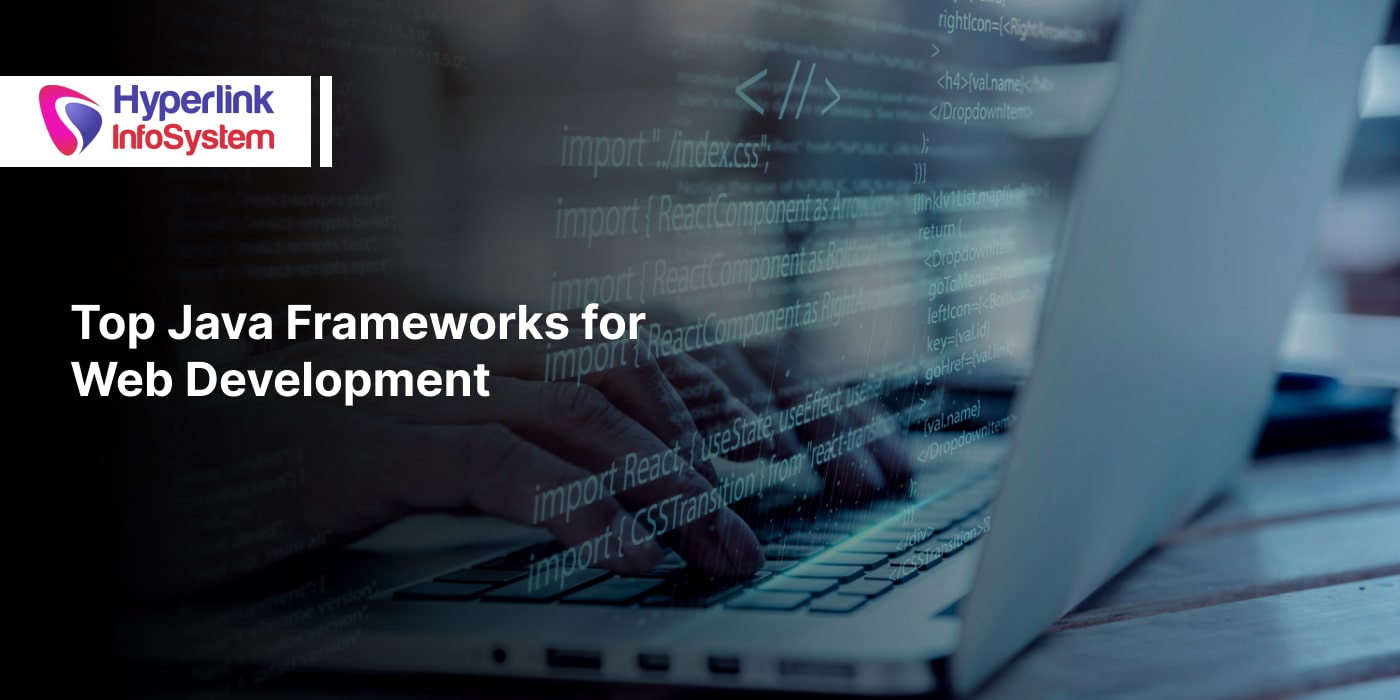How to Integrate Google Video Intelligence API
May 2025
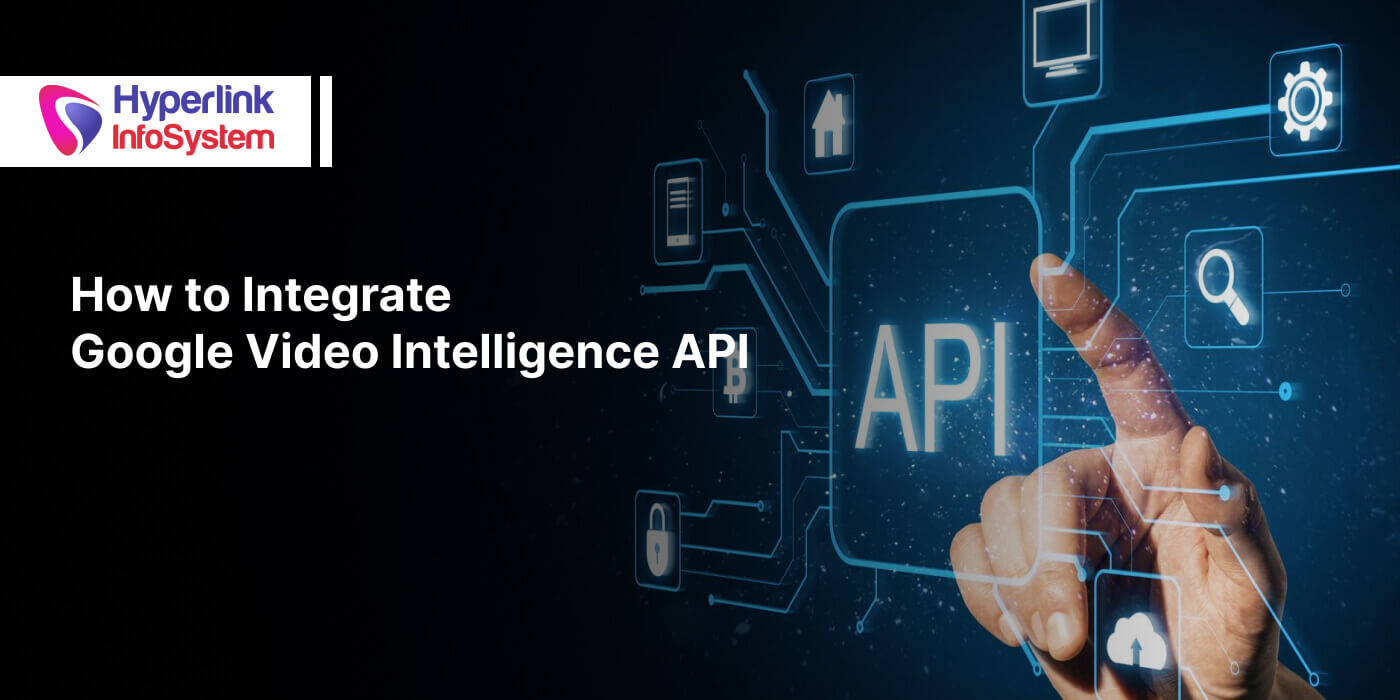
They say content is king, but video content is emerging as the King of Kings. In 2025, many businesses are leveraging video content to boost engagement, increase market share, and revenue. Global spending on digital video advertising was approximately $191.3 billion in 2024. This figure is expected to reach $207.5 billion by 2025 and $268 billion by 2029.
Knowing how to use Google Cloud Video Intelligence APIs allows companies to automate video analysis, enhance search and discovery, while refining branding and advertising efforts. Ditch the outdated and laborious video production techniques of the past and boost efficiency with the Google Video Intelligence API. What is the Google Video Intelligence API? What are its benefits? What do you integrate it with and how?
This blog highlights multiple aspects related to Google Video Intelligence API integration and its possibilities for innovative video applications. Let’s end the introduction and jump into the details.
What is the Google Video Intelligence API?
The Google Video Intelligence API (application programming interface) is a powerful tool that allows developers to leverage Google’s advanced machine learning models. These ML models help computers analyze live and pre-recorded videos and obtain useful information about objects, actions, turning points, and events in each video (even frame-by-frame breakdowns).
In short, the API breaks down the video into multiple parts and condenses the information in each part. In this way, people can save time and effort while enhancing video analysis and automation efforts.
How to Integrate Google Video Intelligence API?
Besides video editing tools, developers can usually integrate the Google Video Intelligence APIs with cloud storage, development platforms, front-end, and media platforms, along with AI and analytics workflows. Below is the step-by-step process to integrate Google Video Intelligence with the desired component/platform.
1) Google Cloud Project
- Do you have an existing cloud project? If not, you must create a new project in the Google Cloud Console.
2) Enable the Video Intelligence API
- Find the APIs and Services Library in the Google Cloud Console.
- Next, search for Cloud Video Intelligence API and click on the same.
- Click on the button that says Enable. This will enable the API for your project.
3) Authenticate the App
- First, create a service account.
- The second step is to navigate to Credentials and click on Create credentials.
- Choose the option Service account. Follow these steps to create and download the JSON key file.
- The JSON key file will have the credentials that your app requires to authenticate the API.
4) Install Client Libraries
- Whether it's Python, Java, Ruby, Go, PHP, or any other language you use, choose the right client library that Google provides.
- These client libraries facilitate seamless API interactions.
- Install the correct library for your project.
5) Using the API
- To use the API, you can pick from two options. The first option is to use the client library to interact with the API.
- Alternatively, you can make direct REST API calls.
- Using the API, users can perform diverse video analysis tasks such as face, label, shot, and text detection.
Uploading videos to Google Cloud Storage ensures secure storage. Later, users can process via the API to perform object detection, text extraction, and other tasks mentioned above. Post-processing, users can download the structured data to perform the following actions-
- Indexing and Search
- Content Moderation
- Metadata Generation
- Creating Highlights/Summaries
For detailed guidance, refer to the video intelligence API documentation available on Google Cloud’s official website.
Top 9 Features of Google Video Intelligence API
The top features of Google Video Intelligence API are as follows -
- Explicit Content Detection - Leverages machine learning to analyze video frames and flag content containing adult themes, violence, or graphic imagery.
- Face Detection - Although this feature does not identify individuals, it detects human faces and provides metadata about them. It also detects the timing and placement of the faces in the videos.
- Label Detection - Use ML models to detect objects, activities, and settings for video indexing, content-based search, plus content filtering and classification.
- Logo Detection - Identifies and extracts brand logos appearing in videos by scanning video frames and leveraging ML technology.
- Object Tracking - Detects the movement of objects (people, animals, and things) within the videos and enables constant monitoring.
- Person Detection - Identifies and tracks people in video, even if they are in motion. Provides bounding boxes, supports attribute extraction, and tracks people across scenes.
- Shot Change Detection - Identifies parts in videos where content changes significantly. Key visual shifts in visual content include cuts, fades, or transitions.
- Speech Transcription - Automatically converts dialogue or audio in videos into time-stamped, searchable text. The feature supports multiple languages and dialects.
- Text Detection - This feature identifies, localizes, and presents text appearing within videos such as street signs, overlaid subtitles/banners, or documents.
Do you want to use the Google Cloud Video Intelligence API for your business? Hire a dedicated developer now.
Advantages of Google Video Intelligence API Integration
The benefits of Google Video Intelligence API integration are as follows-
- Robust Video Analysis - Detects objects, scenes, activities, and explicit/unsafe/inappropriate content in videos.
- Pre-Trained Models - Identifies scene transitions for effective content editing and indexing.
- Speech Transcription - Identifies the audio in videos and converts it into text. Offers multi-language support.
- Cloud Scalability - Allows users/companies to process massive data volumes without significant infrastructure investments.
- Google Cloud Integration - Works flawlessly with other Google Cloud Processing services such as Cloud SQL, Data Flow, Cloud Run, and Vertex AI.
5 Disadvantages of Google Video Intelligence API Integration
The disadvantages of Google Video Intelligence API integration are as follows-
- Cost - High-volume or processing for extended periods can be expensive for companies.
- Latency - Not suitable for real-time apps due to processing delays.
- Limited Customization - Lacks the flexibility for domain-specific or unique scenarios.
- Data Privacy - Uploading videos with confidential or sensitive information to the cloud may raise security/compliance issues.
- Internet Dependency - Requires a stable internet connection for uploading and processing videos on the cloud.
7 Use Cases of Google Video Intelligence API Integration
Several industries are turning to video content to amp up their brand awareness, engage with their audience, and ultimately boost sales and conversions. Be it retail, education, manufacturing, healthcare, or financial services, videos are an effective strategy for companies to connect with their target audience without coming across as too pushy or salesy. Below are 6 use cases of Google Video Intelligence API Integration.
1) Media and Entertainment
- In the media and entertainment sector, the Google Video Intelligence API is widely used for content tagging and searchability.
- Facilitates automated metadata generation for large video libraries (television shows and news archives).
- Helps discover scenes quickly (clips featuring a particular celebrity or a location).
2) Social Media
- Social media platforms use the Google Video Intelligence API for content moderation.
- Detects explicit/inappropriate content (containing nudity, profanity, hate speech, or disturbing content).
- Companies with a presence on Instagram, Facebook, or other social media platforms can use the API to enforce adherence to safety and compliance guidelines.
3) Retail and Advertising
- Companies in the retail and advertising sectors use the Google Video Intelligence API for logo and brand exposure analysis.
- The API detects where the logo is visible in the video and for how long. It also counts the number of times the logo shows up.
- With these insights, companies can optimize campaign performance management and detect unauthorized usage.
- Facilitates proof of delivery for sponsors and partners.
4) Security and Surveillance
- Companies in the security and surveillance sector use the Google Video Intelligence API to track objects and people within videos.
- It tracks the movement of people, vehicles, or objects within videos while quickly identifying suspicious behavior.
- Integrating the Google Video Intelligence API with smart surveillance systems facilitates real-time threat detection and post-event analysis.
5) Education
- Education and e-learning businesses use the Google Video Intelligence API for automated captioning and transcription tasks.
- The API converts audio within videos to accurate, time-stamped text. This facilitates fast and automated generation of subtitles without manual efforts.
- Besides generating subtitles, the API also makes the content accessible to people with disabilities.
- Multilingual transcription ensures the content reaches a wider audience.
6) News
- New channels and media outlets can leverage the Google Video Intelligence API for scene and shot change detection.
- Detects scene changes, labels key elements, and transcribes audio in the footage.
- Users don’t have to wait endless hours of footage to identify particular segments related to a specific incident, individual, or topic.
- Expediting this process allows editors to focus on storytelling and meet deadlines effectively.
7) Smart Video Commerce
- Many E-Commerce companies and online marketplaces include interactive product videos on their websites/social media handles.
- The Google Video Intelligence API automatically detects and tags products in the video.
- The products shown in the video are tagged (manually or automatically) using the Google Video Intelligence API. These tags are connected to the product listings.
- When customers click on these tags, they are directed to the payment gateway. This payment gateway integration helps them complete purchases.
Want to know more about the Google Cloud Video Intelligence API? Speak to our experts now.
Best Practices for Google Cloud Video Intelligence API Integration
Cloud Video Intelligence API Integration can be beneficial for companies only if they employ an organized approach. Apart from improving performance, the API enhances performance through optimized resource usage, provides accurate insights, and minimizes service disruptions. Below are some of the best practices for Cloud Video Intelligence API Integration.
- Use asynchronous requests for long videos to avoid timeouts and boost performance.
- Specify only the most important features to reduce processing time and costs.
- Limit video size and duration for synchronous requests (preferably less than 60 seconds).
- Use cloud storage URLs for video input rather than uploading raw bytes.
- Ensure that video quality is 720p or higher to improve detection accuracy.
- Avoid exceeding usage limits and manage billing effectively through quota and usage monitoring.
- Implement exponential backoff for retrying failed API calls.
- Secure API keys and IAM permissions to regulate access and ensure data privacy.
- Store and analyze results using BigQuery or alternatives like Snowflake, ClickHouse, StarRocks, etc, for further processing.
- Update and test integrations regularly to ensure compatibility with API changes.
Cost of Cloud Video Intelligence API Integration
Google Video Intelligence API offers per-minute pricing. The first 1000 minutes are free. After these initial minutes, there are separate charges for label detection, speech transcription, celebrity detection, and so on. New customers can get $300 in free credits to try Video AI and other Google Cloud products. Two of the most popular products include the following-
- AutoML Video Intelligence
- Video Intelligence API
Future of Google Video Intelligence API
Significant advancements in AI, edge computing, and real-time data analytics offer an optimistic outlook for the Google Video Intelligence API. What will be the future capabilities of this API? Nobody can say for sure, but below are some expected trends and innovations that could change the course of video content.
- Real-Time and Live Video Processing : Enhanced capabilities for live video stream analysis may facilitate instant insights for apps such as surveillance and live broadcasting.
- Edge Computing Integration : Deploying AI on edge devices such as cameras and drones may result in lightning-fast on-site video analysis with reduced latency.
- Advanced Object Tracking and Motion Analysis : Enhanced multi-object tracking across frames. This feature may be a game changer for sectors such as sports analytics, traffic management, and robotics.
- Emotion & Sentiment Detection : Using facial and vocal analysis can help understand viewer emotions. This can greatly enhance the user experience and content personalization.
- Augmented Reality (AR) Integration : With cutting-edge AR features, businesses can blend virtual elements with real-world content, creating marketing and retail experiences that truly stand out.
- Ethical and Privacy Enhancements: Protecting individual identities while analyzing videos is crucial. Implementing anonymization techniques and differential privacy helps accomplish this goal.
Considering Google Video Intelligence API integration? Hire an app developer now.
Final Thoughts
Google Video Intelligence API integration is the future of video content analysis. As seen above, it has numerous advantages such as automated labeling, shot detection, and content moderation, but it comes with its share of disadvantages. Data privacy concerns, dependency on the internet, and occasional inaccuracies may ruin the experience.
Companies must understand their pros and cons and have a proper plan in place to integrate them with Google Cloud and other applications. With further advancements in AI, we can expect the Google Video Intelligence API to create a bigger splash, revolutionizing sectors completely.
Hyperlink InfoSystem is a renowned IT services provider with over 12 years of experience in mobile app, E-Commerce, blockchain, and game development. Additionally, we understand that AI is the future, and so we have defined a clear roadmap for its integration. At the same time, many of our employees have extensive knowledge of working with AI platforms and automation tools.
No matter you’re in the retail, E-Commerce, manufacturing, healthcare, fintech, or any other sector, our bespoke API integration services can help you tackle your unique business challenges and seize new opportunities.
Over the last decade, we have completed 5000+ projects and acquired over 100 clients. It's proof of our dedication and commitment to client satisfaction. Do you want to harness the power of Google Video Intelligence AI for your business? Speak to our experts to see what we can do for you.
Frequently Asked Questions
Google offers client libraries in several languages, including Python, JavaScript, Java, Go, Ruby, and .NET. This simplifies the process for developers looking to integrate video APIs with their applications.
Yes, the Google Video Intelligence API is free. However, it has a quota system. Each request costs points, and users get a daily quota. The points required to complete each task are different. After you exhaust your daily quota, you can request more, which may come at an additional cost.
Yes, you need an app developer to integrate the Google Video Intelligence API with custom apps, cloud storage, video management platforms, search engines, and more. What does the developer do? The developer handles the following tasks-
- Authentication Setup
- API Integration
- Parsing Results
- Error Handling
- Security
If you don’t have an experienced developer on your team, you may want to consider hiring a dedicated developer. Is hiring dedicated developers not a feasible option for you? You can explore no-code/low-code platforms that offer built-in connectors for Google APIs. Some third-party tools integrate with Google APIs. Check them out and see if they meet your requirements.
The Google Video Intelligence API documentation on Google Cloud’s website is quite easy to access and packed with detailed information. That said, it may not be the best starting point for developers who are new to API integration, machine learning, and video analysis. Still, some sections in the documentation can be of considerable help to developers.
- Quickstart Guide - Great entry point for beginners. It has a simple and easy-to-understand tutorial for developers to start using the API.
- API Overview - Explains what APIs do and how they work. It features a straightforward and easy-to-follow tutorial for developers eager to dive into API integration.
- API Reference - Ideal for advanced developers. Developers can use this guide to understand and leverage the full features of the API.
Beginners are advised to start with the Quickstart guide and proceed to the others as they gain more knowledge and understanding of the API.
Hiring developers from India for Google Video Intelligence API integration can be a good decision. The reasons are as follows-
- Cost-Effective - Compared to North America and Europe, the hourly rate for developers in India is quite reasonable.
- Established IT Hubs - Cities like Bangalore and Hyderabad (in India) are renowned IT hubs. They have the right infrastructure and fertile environment that fosters innovation.
- Technical Expertise - India has a large pool of skilled professionals, including developers, testers, and others. Their knowledge of APIs, cloud technologies, and machine learning makes them ideal for Google Cloud integration projects.
- Time Zone Advantage - Companies based in western countries can leverage India’s time-zone advantage to extend working hours and complete projects faster.
- No Communication Barriers - English is one of India’s official languages. Hence, communication won’t be a barrier. Many developers are proficient in technical documentation.
However, companies must choose a trusted IT services provider for their app development and other needs. Check their track record and ask for references. Furthermore, cultural and time-zone differences may hinder effective communication. Conduct regular meetings and set clear expectations for successful project execution.
Latest Blogs
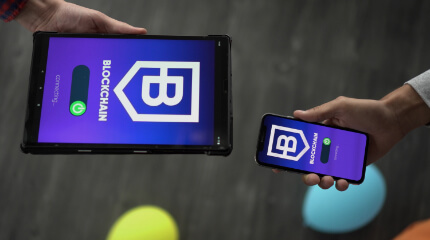
Is BlockChain Technology Worth The H ...
Unfolds The Revolutionary & Versatility Of Blockchain Technology ...


IoT Technology - A Future In Making ...
Everything You Need To Know About IoT Technology ...

Feel Free to Contact Us!
We would be happy to hear from you, please fill in the form below or mail us your requirements on info@hyperlinkinfosystem.com
Hyperlink InfoSystem Bring Transformation For Global Businesses
Starting from listening to your business problems to delivering accurate solutions; we make sure to follow industry-specific standards and combine them with our technical knowledge, development expertise, and extensive research.
4500+
Apps Developed
1200+
Developers
2200+
Websites Designed
140+
Games Developed
120+
AI & IoT Solutions
2700+
Happy Clients
120+
Salesforce Solutions

40+
Data Science










